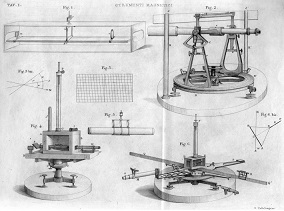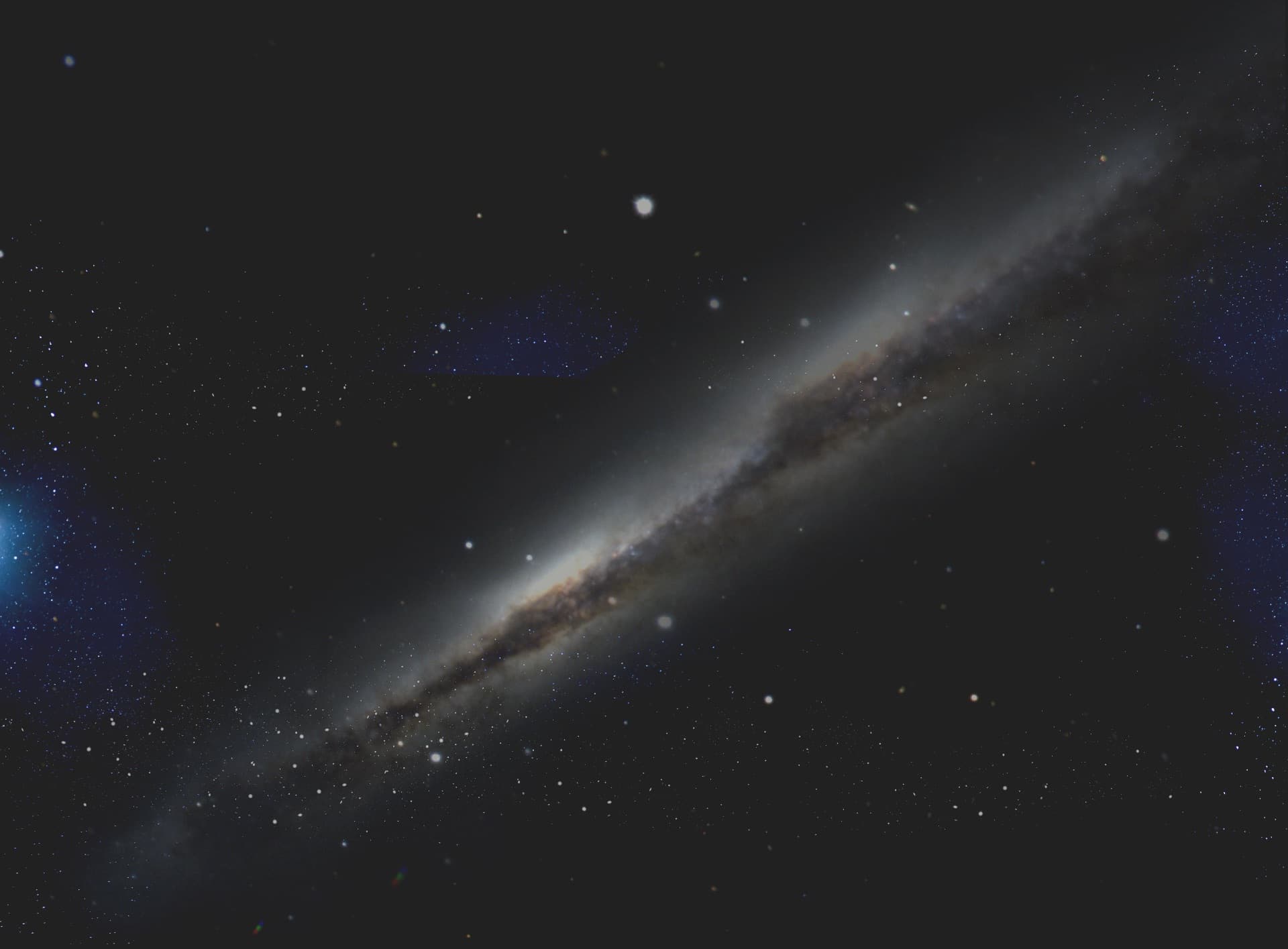 Article
Article- 13 pages
- Level: university
A well-illustrated article about the work of Angelo Secchi, S. J. in 19th-century Rome, published in History of Geo- and Space Sciences in 2012. The authors are N. Ptitsyna (Institute of Terrestrial Magnetism, Ionosphere and Radiowave Propagation, Russian Academy of Science, St. Petersburg Filial, Russia) and A. Altamore (Physical Department “E. Amaldi”, University “Roma Tre”, Rome, Italy). Ptitsyna and Altamore write:
The permanent observatories monitoring geomagnetic phenomena in the early decades of the 19th century have contributed greatly to our understanding of the dynamics of the Earth’s magnetic field. According to a guide on the organization of a geomagnetic observatory (Wienert, 1970): “The creation of a geomagnetic observatory is an ambitious enterprise which entails considerable financial commitments. Even more of a burden is the maintenance of the installation and the processing of data.” Seen in these terms, Father Secchi’s ambitious project was wholly successful.
Secchi’s contributions to geomagnetism from the observational, theoretical, organizational and educational points of view can hardly be overestimated. The magnetic observatory on the roof of the church of Sant’Ignazio designed and installed by Secchi in 1853–1858 was for long the only one of its kind in Italy. And he used the most advanced magnetic instruments and method of measurements in his day.
He not only published his scientific results in the foremost European journals, but he also issued regular “Memoirs” containing data and the scientific results from his astronomical, meteorological and magnetic observatories. In 1862, he began publication of the Bullettino meteorologico dell’ Osservatorio del Collegio Romano. This meteorological bulletin of 96 to 192 pages appeared regularly for seventeen years, until the time of his death.
After the unification of Italy in 1870, the Collegio Romano building and observatory became state property. The new Italian government, however, did not interfere with work of the by now internationally renowned Secchi and the observatory remained under Vatican control. Father Secchi continued as director until his death in 1878. When the Ufficio Centrale di Meteorologia (Central Meteorological Office) was founded in 1877, Secchi was appointed as the first president by the Italian government. In 1879 this office was transferred to the Collegio Romano, and today is still in the same building under the name of Unita’ di ricerca per la climatologiae la meteorologia applicate all’agricoltura (CRA-CMA). The “Climate and Meteorological Research Unit” inherited a meteorological and geophysical library and some of the meteorological instruments once belonging to the Collegio Romano Observatory. The magnetic instruments, spare parts and accessories, however, were dispersed. Some are now in the Astronomical and Copernican Museum at the Rome Astronomical Observatory together with a number of Secchi’s astronomical instruments and his celebrated automatic meteorograph.
Click here to access this article via NASA ADS.
Click here to download a PDF of this article from History of Geo- and Space Sciences.
